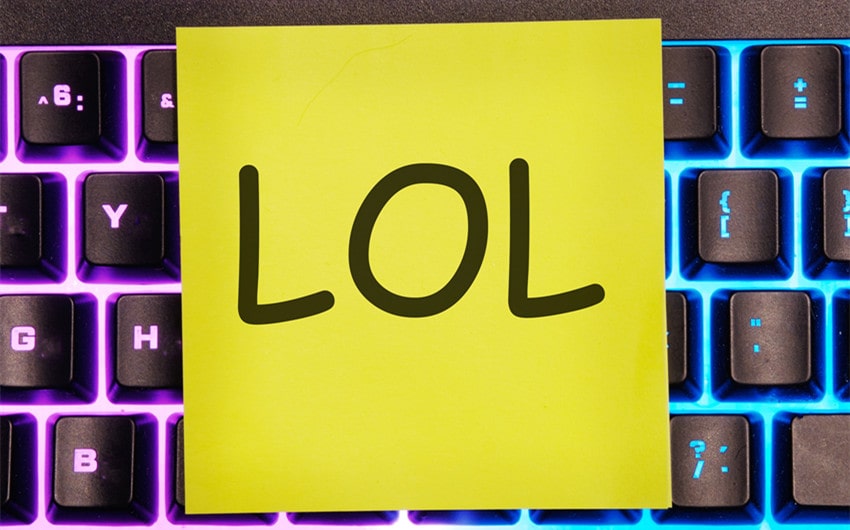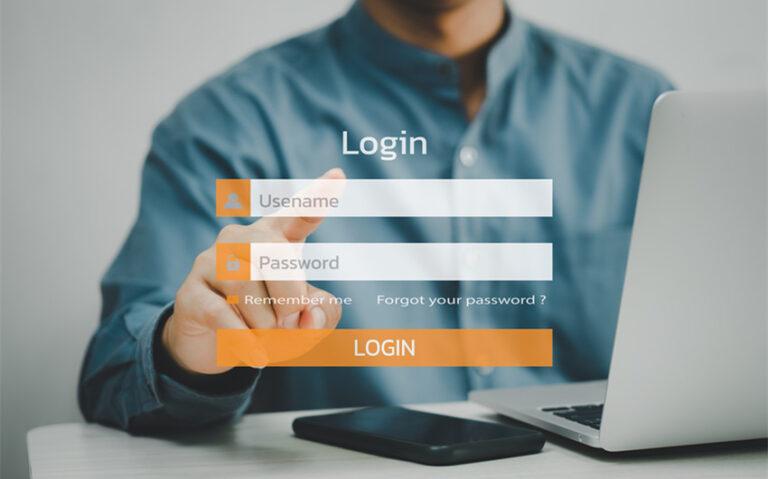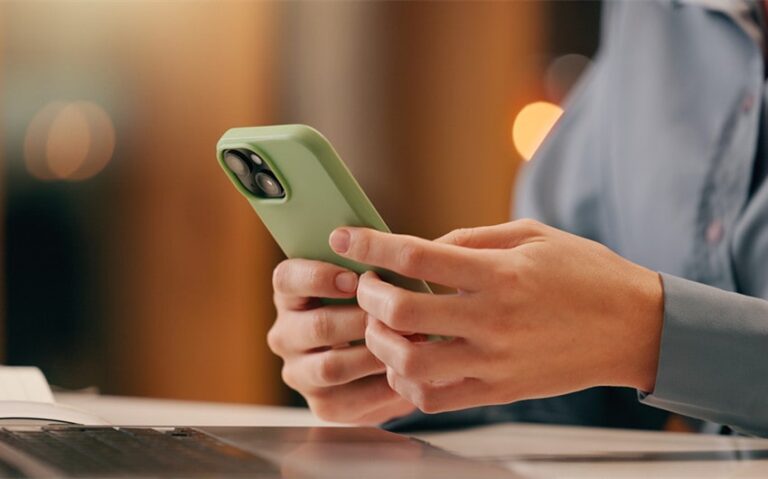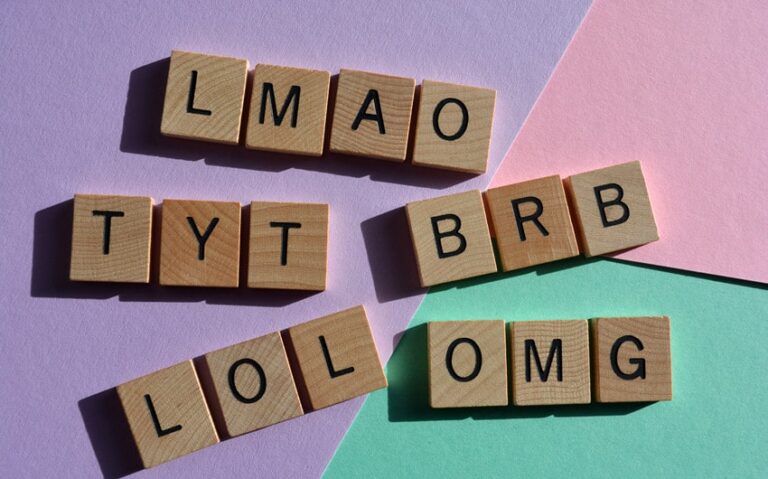Understanding LOL Meaning in Text and Its Many Uses
Texting has its own language, and LOL is one of its most popular expressions. Short for “laugh out loud,” LOL shows up in messages to convey laughter, lighten the mood, or keep a conversation casual. Whether you’re genuinely laughing or just adding a friendly touch, knowing the LOL meaning in text helps you connect in fun, relatable ways.
This abbreviation has grown from a simple reaction to an everyday tool that people of all ages use in digital chats. Let’s dive into its meaning and find out how it’s used to keep conversations light and engaging.
What Does LOL Stand For?
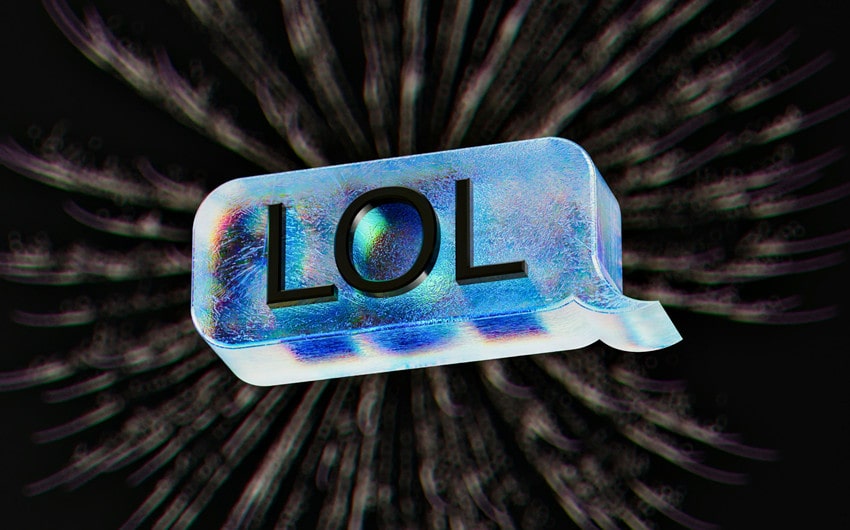
LOL stands for “Laugh Out Loud,” a simple yet widely used acronym in digital communication. Originally popularized in early online chat rooms and forums, LOL quickly became a go-to response for anything amusing, humorous, or light-hearted in a conversation. It’s a shorthand that reflects laughter, whether it’s a mild chuckle or full-blown laughter, and is an easy way to keep a conversation playful or show that you’re entertained by something someone said.
Although it literally means “laugh out loud,” people often use LOL to indicate mild amusement rather than actual laughter. It can soften a message, making it feel more friendly or less intense. For instance, if a friend says something unexpected or silly, responding with LOL keeps things light and shows you appreciate the humor. This versatility has made LOL a valuable tool in digital conversations, serving as both a way to genuinely express laughter and to ease interactions.
Today, LOL is a standard expression across social media, text messaging, and online chats, so much so that it often doesn’t even need to imply literal laughter. Its broad appeal and flexibility have helped LOL become a fundamental part of modern digital communication.
How LOL Is Used in Texting

LOL has become more than just a way to signify laughter; it serves multiple roles in digital conversations and is often used for different effects depending on context and tone. Here’s a closer look at some of the most common ways LOL is used in texting:
1. Expressing Laughter
The primary use of LOL is to express genuine amusement. When something is funny—whether it’s a joke, a funny story, or a playful comment—LOL serves as a quick, effortless way to show you’re laughing. It’s versatile too; LOL can be added by itself or in combination with emojis and other acronyms to enhance the sense of laughter. For example, a message like, “LOL 😂 that was hilarious!” reinforces that something really made you laugh.
Example:
- Friend: “I just saw a dog wearing sunglasses on a skateboard!”
- You: “LOL that’s amazing! I wish I’d seen that!”
2. Softening Messages
Sometimes, LOL is added to a text not because something is funny, but to soften the tone of a message or make it feel friendlier. For instance, if someone sends a mildly critical or direct message like, “You’re always running late LOL,” the LOL can make the statement feel less confrontational and more playful. This subtle use helps avoid misunderstandings and keeps the conversation light-hearted, showing that the comment is meant in good humor.
Example:
- Friend: “Are you almost here?”
- You: “Running a little late again LOL, be there soon!”
3. Reacting to Awkward Situations
LOL also comes in handy for diffusing awkward moments in conversations. When someone shares something unexpected, slightly embarrassing, or awkward, replying with LOL can signal empathy and understanding without being too serious. For example, if a friend texts, “I just accidentally texted my boss instead of you LOL,” your LOL response lets them know you’re laughing with them, not at them, and that there’s no judgment.
Example:
- Friend: “I just accidentally texted my crush ‘goodnight’ instead of my mom LOL.”
- You: “LOL that’s classic! Let’s hope they thought it was cute.”
4. Acknowledging Humor Without Genuine Laughter
Sometimes, people use LOL as a polite acknowledgment that something is meant to be funny, even if they’re not actually laughing out loud. For example, if a friend shares a mild joke or something only slightly amusing, replying with LOL is a polite way to show that you get the humor, even if it didn’t make you laugh heartily. This helps keep the conversation flowing and shows appreciation for the other person’s attempt at humor.
Example:
- Friend: “I’d make a great detective—always snooping through Instagram LOL.”
- You: “LOL, definitely! You’d solve cases before they even start!”
5. Filling Silence in Conversations
In texting, silence can sometimes feel awkward, especially if a message seems to require a reaction. LOL is often used as a filler to keep the conversation going, even if there’s nothing particularly funny. For example, after a friend shares a random or unimportant update, you might reply with “LOL” to acknowledge it without needing a deeper response. This use of LOL can maintain a sense of engagement and flow in the conversation.
Example:
- Friend: “I spent all day looking for my keys, and they were in my bag the whole time.”
- You: “LOL, that always happens!”
6. Showing Sarcasm or Playfulness
LOL is also frequently used to convey sarcasm or irony in texting. When paired with a statement that is obviously exaggerated or not meant to be taken literally, LOL can give the message a playful or ironic tone. For instance, if someone says, “Oh, I just LOVE sitting in traffic for hours LOL,” the LOL lets the reader know the frustration is being expressed in a humorous way. This playful use adds personality to texts and often reflects the tone of real-life conversations.
Example:
- Friend: “Traffic was a dream today LOL. Only took two hours to get home!”
- You: “LOL, the joys of city life! So relaxing, right?”
Variations of LOL
Over time, LOL has inspired many variations that express different levels and types of laughter, as well as different tones. Here are some of the most common LOL variations and what they convey:
1. LOLZ or LOLS
These variations add a playful twist to LOL. The “Z” or “S” at the end emphasizes that the laughter is light-hearted and often used when something is funny but not serious. Adding LOLZ brings a youthful or exaggerated tone to the message, signaling that you’re joking around or having fun.
2. LMAO (Laughing My A** Off)
LMAO is a step up from LOL, indicating a much stronger reaction. It’s reserved for moments when something is genuinely hilarious and might actually cause someone to laugh out loud. Because it’s more expressive, LMAO can convey that the person is seriously amused or laughing really hard.
3. ROFL (Rolling on the Floor Laughing)
ROFL represents an even more extreme level of laughter, suggesting that something is so funny it’s physically overwhelming. Although less common today, it’s still used to react to truly side-splitting humor. Using ROFL is a way to express that you’re laughing so hard it’s almost uncontrollable.
4. LMBO (Laughing My Butt Off)
LMBO is the family-friendly counterpart to LMAO, used to show strong amusement without any explicit language. It’s a popular choice for people who want to express laughter intensely but prefer a cleaner acronym. This variation has the same energy as LMAO but keeps things PG.

